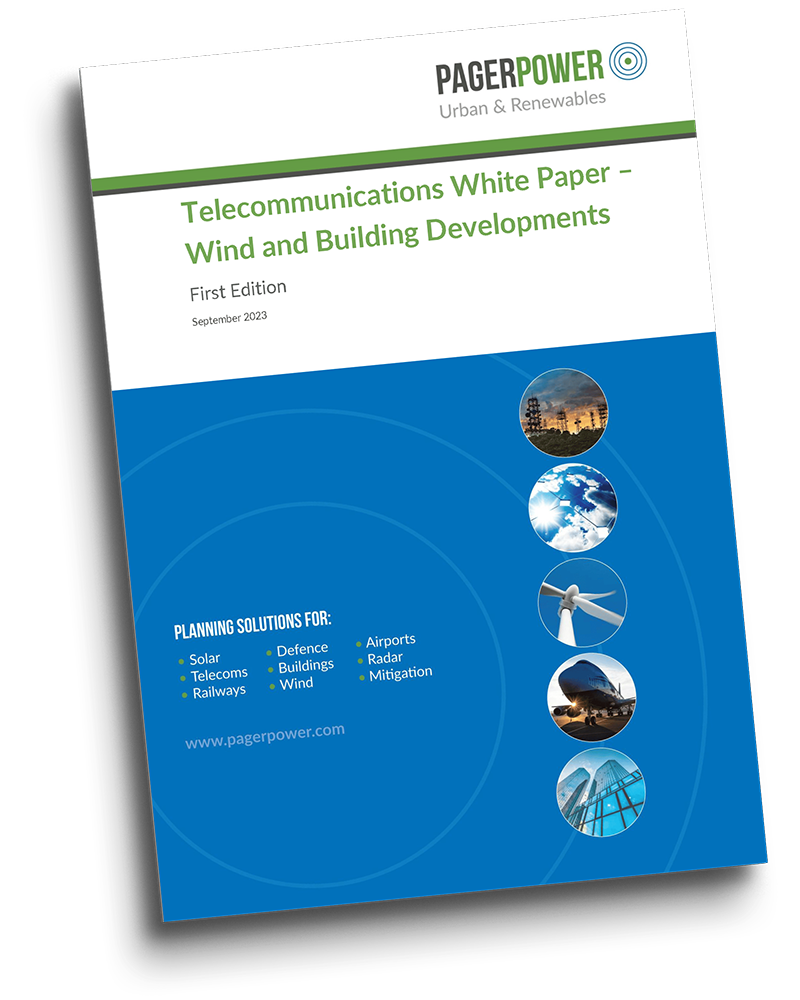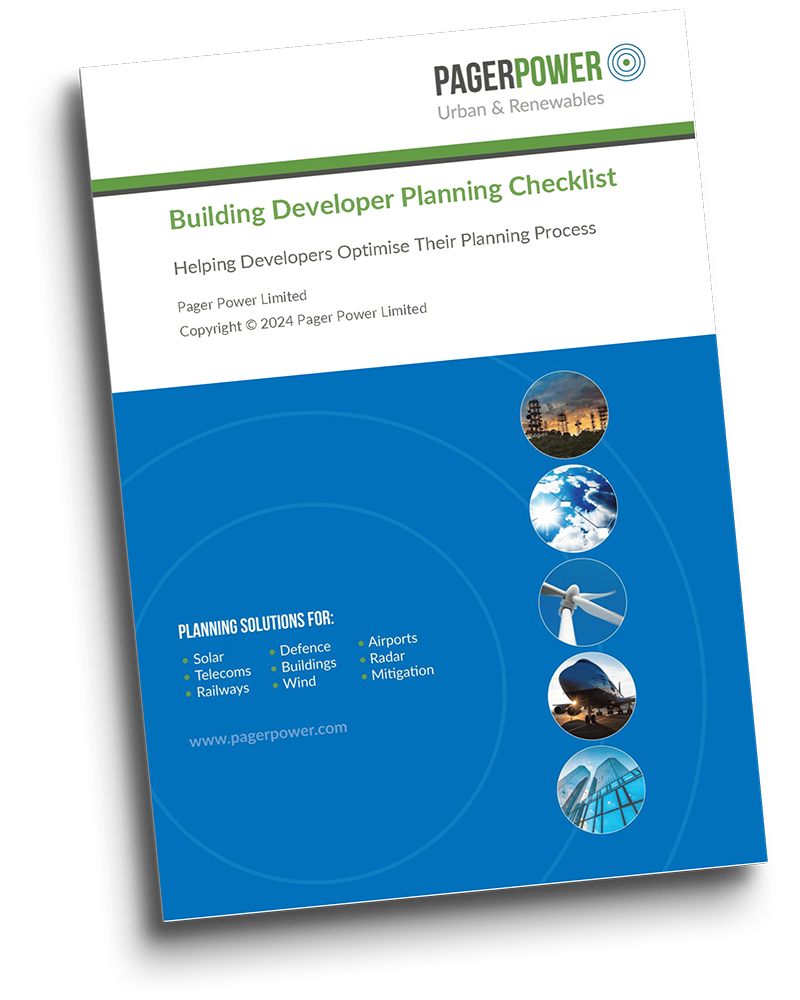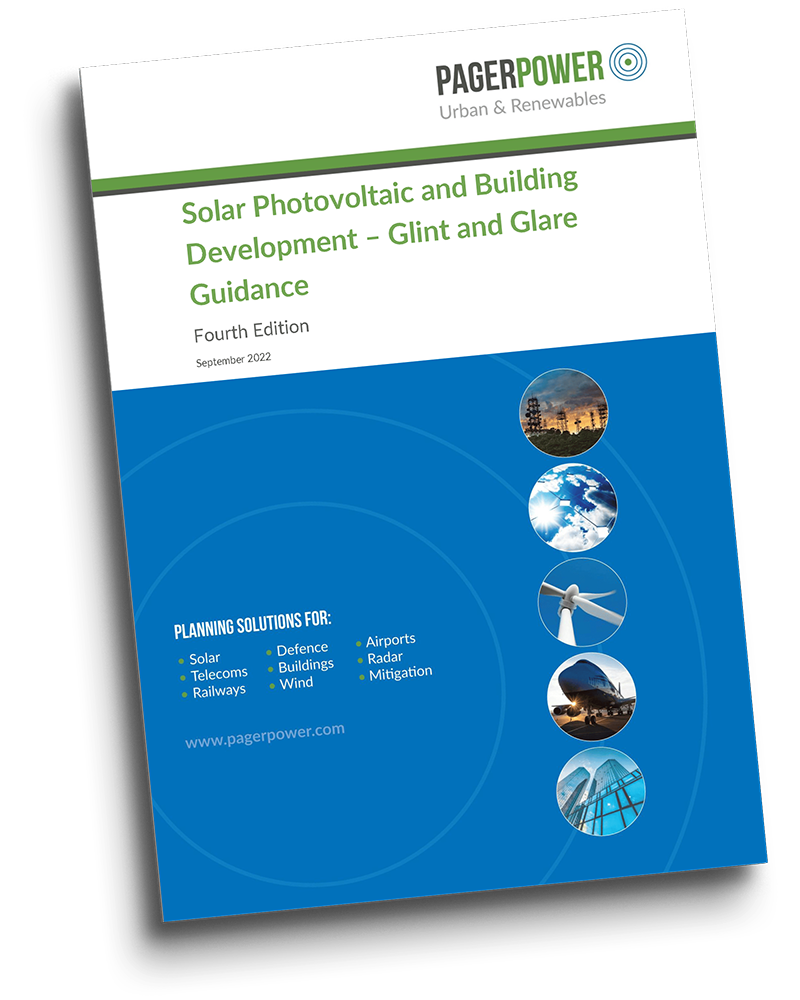2000+ reports for
onshore and offshore
wind developments
WIND SECTOR
Our team can assist you in preventing or overcoming technical objections for your wind project by identifying technical solutions for aviation, infrastructure, and dwellings. Assessments include safeguarding, radar, communications, and shadow flicker.
Aviation and Radar
Compatibility of wind turbines with aviation and radar infrastructure is assessed. Services include safeguarding, radar and CNS impacts, OLS obstruction analysis, turbulence, and IFP assessments. Independent evidence clarifies impacts, informs design, and addresses aviation stakeholder requirements.
Telecommunications Impact Assessment
Evaluate whether wind turbines could obstruct critical microwave or UHF telecoms links and mast infrastructure. Desk-based assessments provide clear evidence for planning and operator requirements, with ground surveys available to clarify infrastructure details and confirm accuracy.
Television and Radio Reception
Assess whether wind turbines could disrupt local television or radio signals. Desk-based analysis, supported by baseline and post-construction surveys as required, provides independent evidence to satisfy planning conditions and reassure communities that services will be maintained. Analysis can also cover mobile phone reception.
Shadow Flicker
Quantify potential shadow flicker impacts on nearby dwellings or other sensitive receptors. Independent modelling predicts where and when effects could occur, providing clear evidence for planning submissions and mitigation advice if impacts are expected to exceed guidance thresholds.
Electromagnetic Fields Assessment (EMF)
Confirm compliance with EMF safety guidelines for wind developments and demonstrate compatibility with nearby equipment and infrastructure. Independent assessments reassure consultees, address planning requirements, and provide trusted evidence on potential technical or health concerns.
Environmental Impact
Assessment (EIA)
Pager Power author robust technical chapters aviation, radar and CNS impact, telecommunications impact, EMF, shadow flicker, and more. Accessible reporting supports EIA requirements, informs consultees, and ensures environmental effects of solar projects are presented clearly for decision-makers.


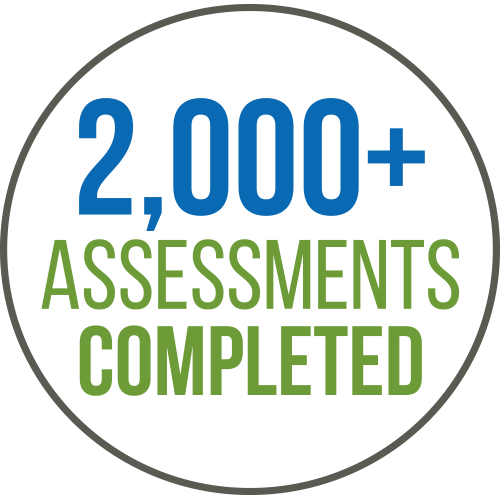
Our Projects
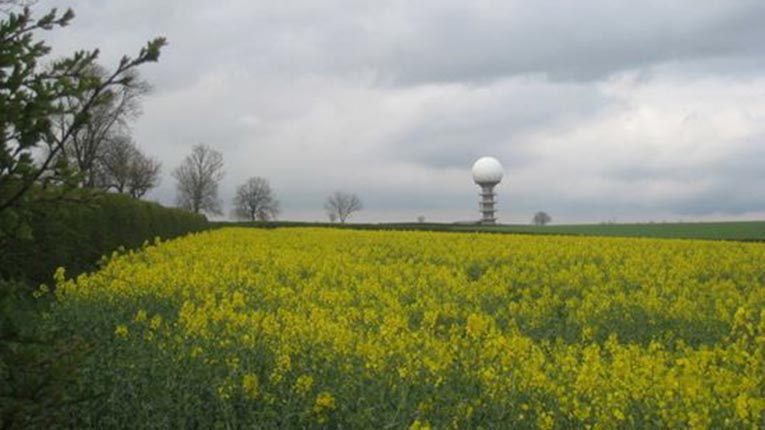
The Blackstone Edge wind farm comprises 3 turbines and has an installed capacity of 7.5MW. During the planning stages of the development, concerns were [...]

During the planning stages of an 8 turbine wind farm in the Republic of Seychelles, concerns were raised by the Public Utilities Corporation (PUC) [...]
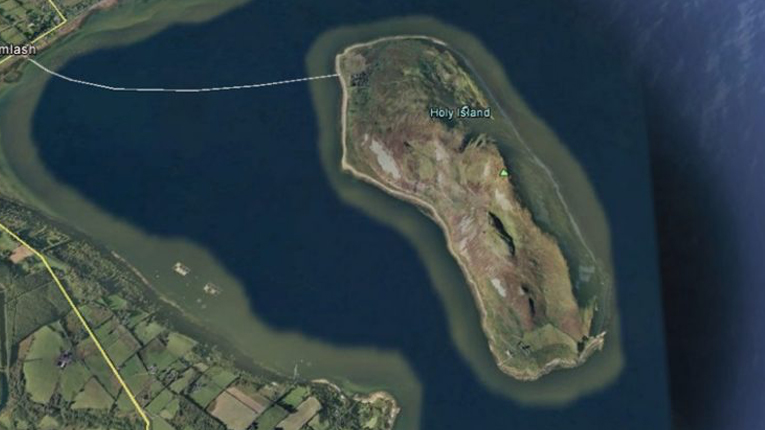
Pager Power was engaged to assess the impact of the Holy Isle Wind Development, a six-turbine[1] scheme located on Holy Isle in Scotland. Specifically, the [...]
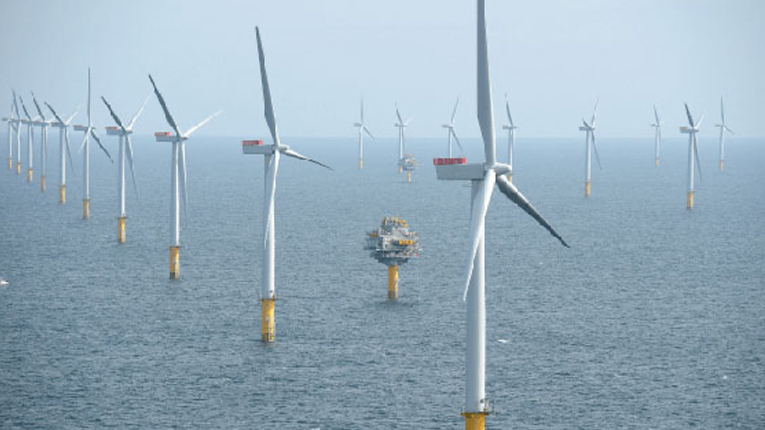
Whilst in planning, Sheringham Shoal Offshore Wind Farm faced an objection from a radar operator. The large number of turbines would not only impact [...]


